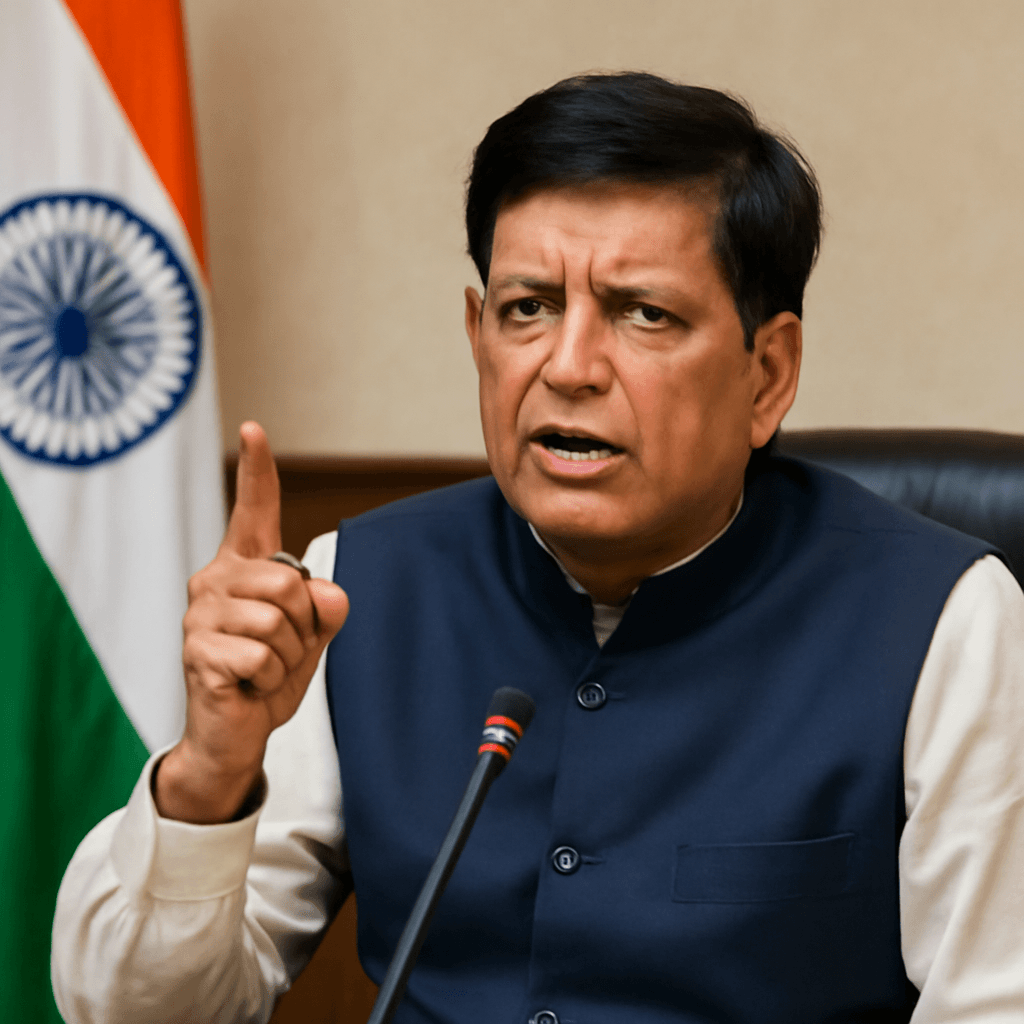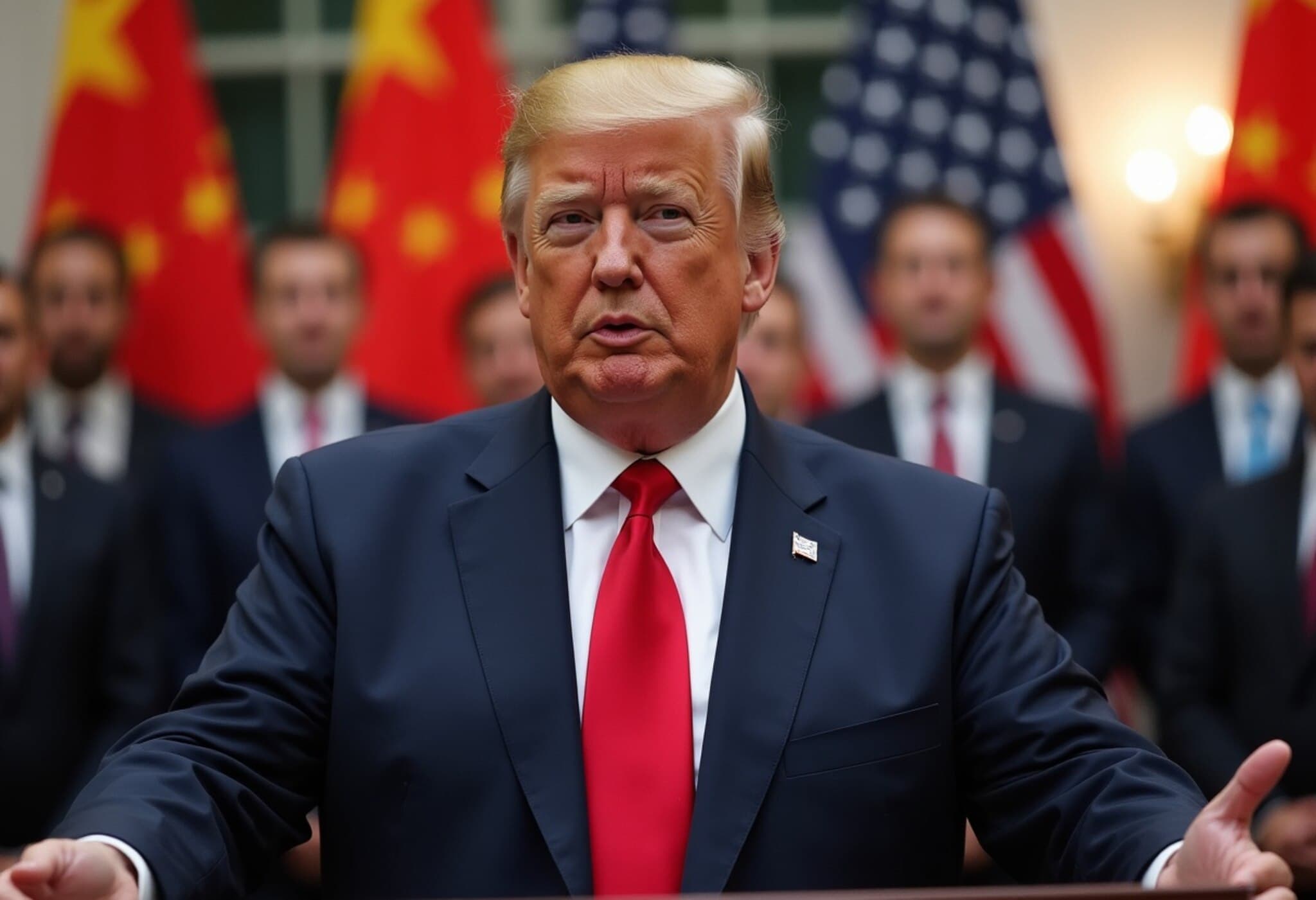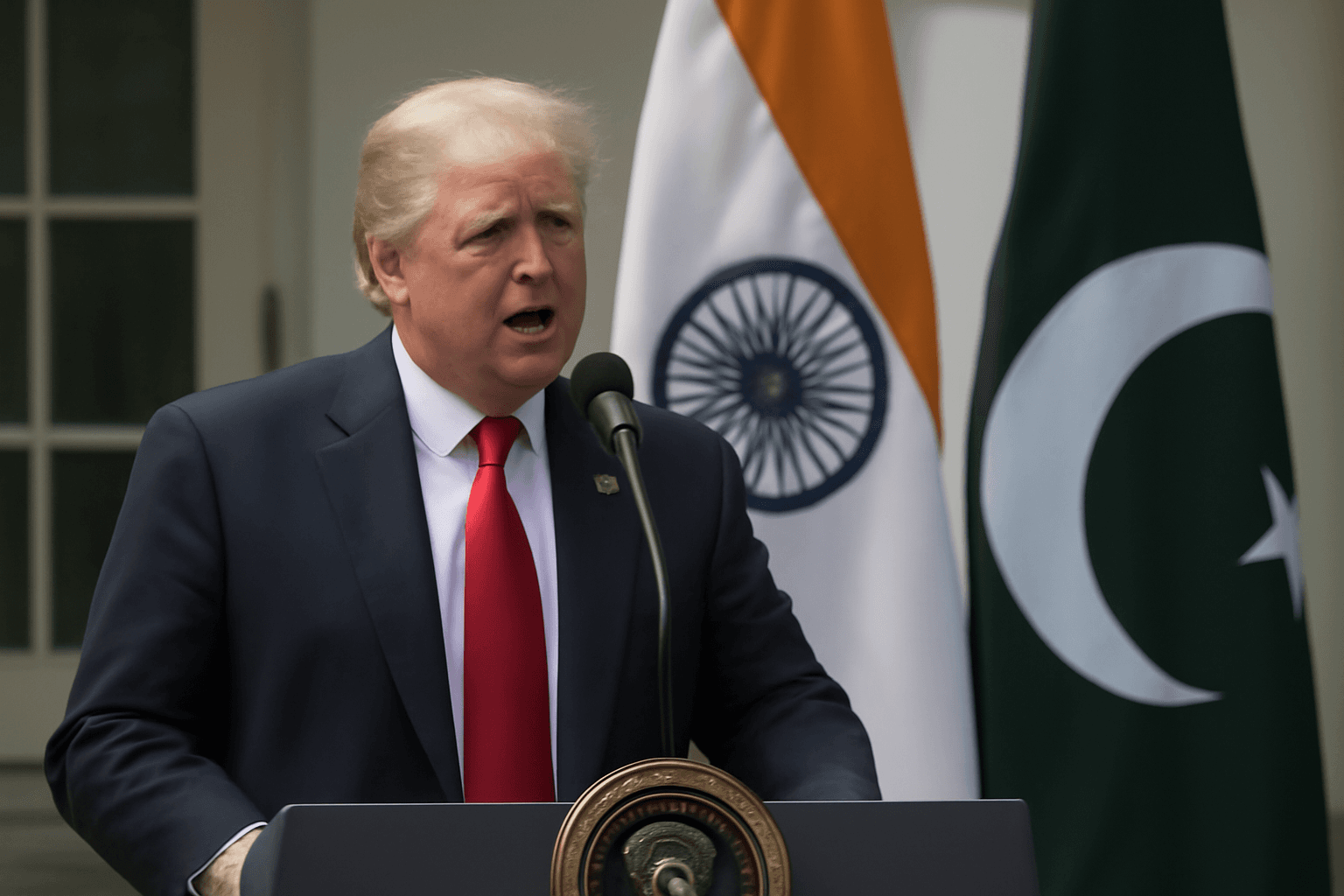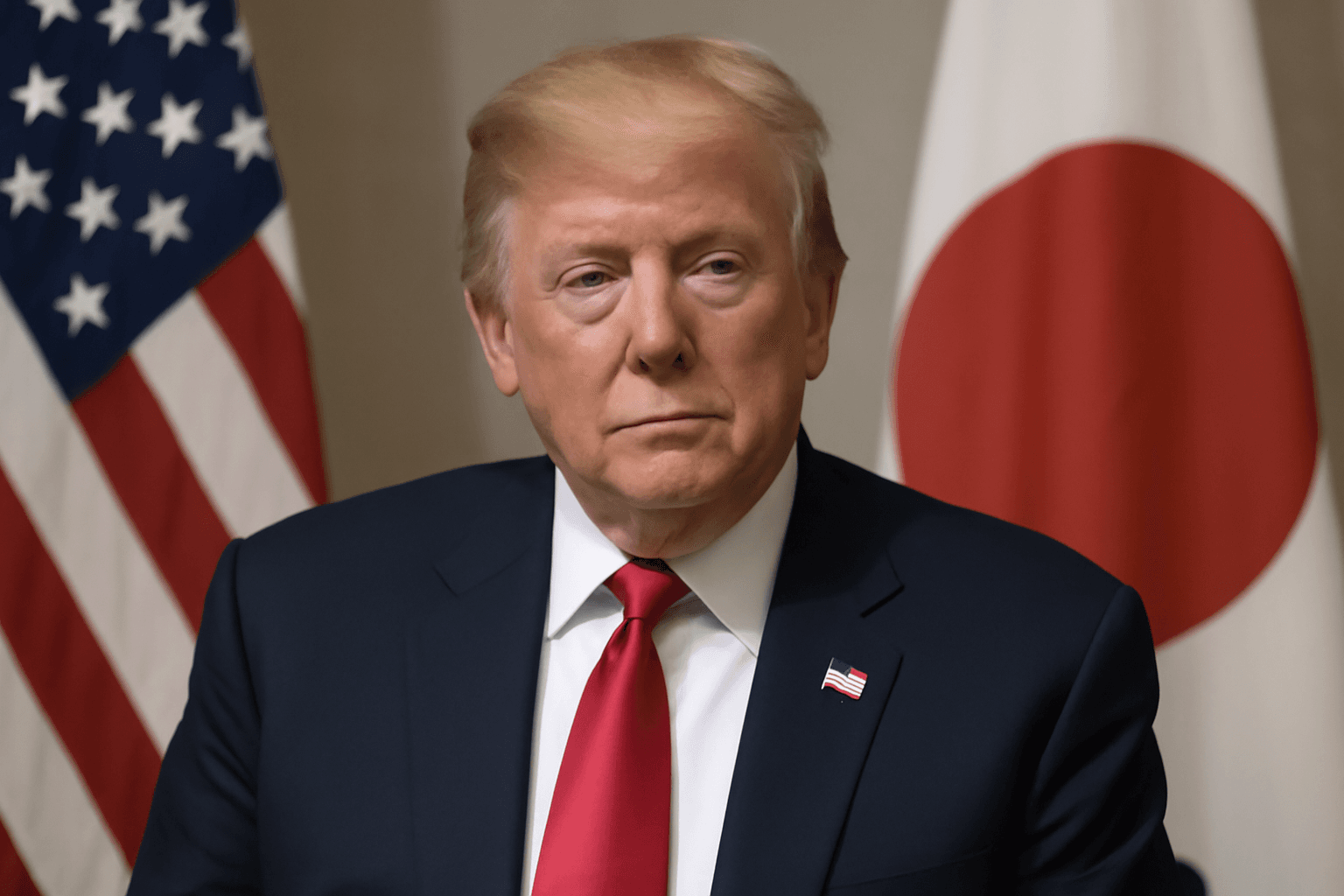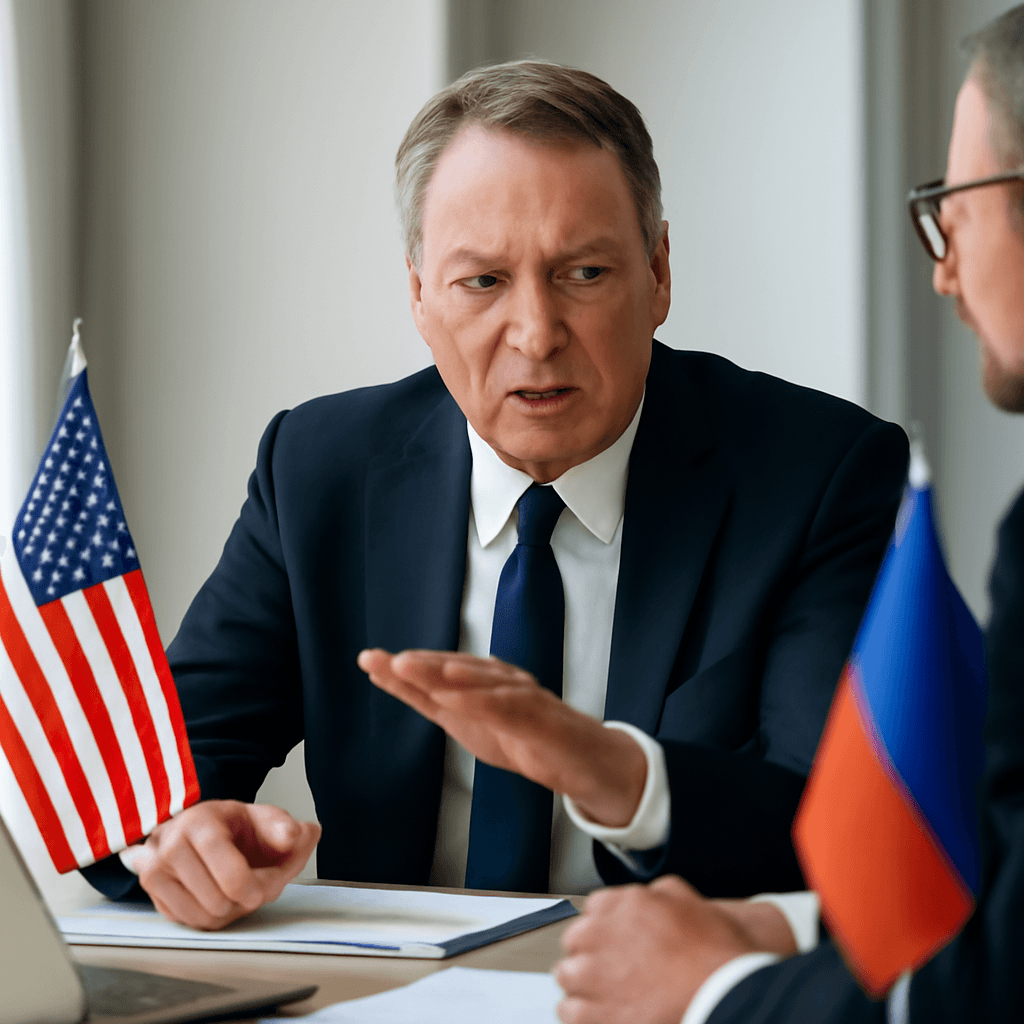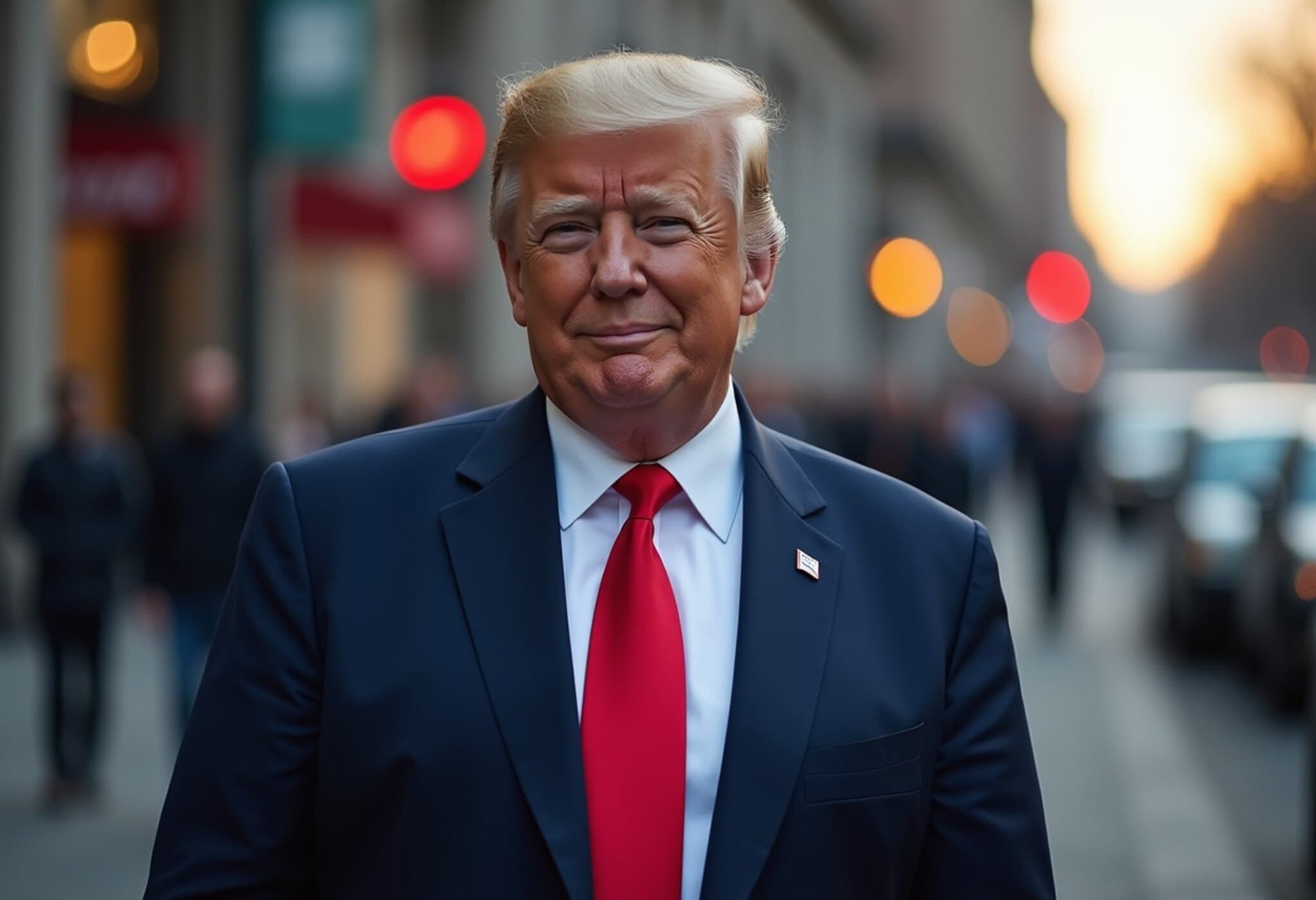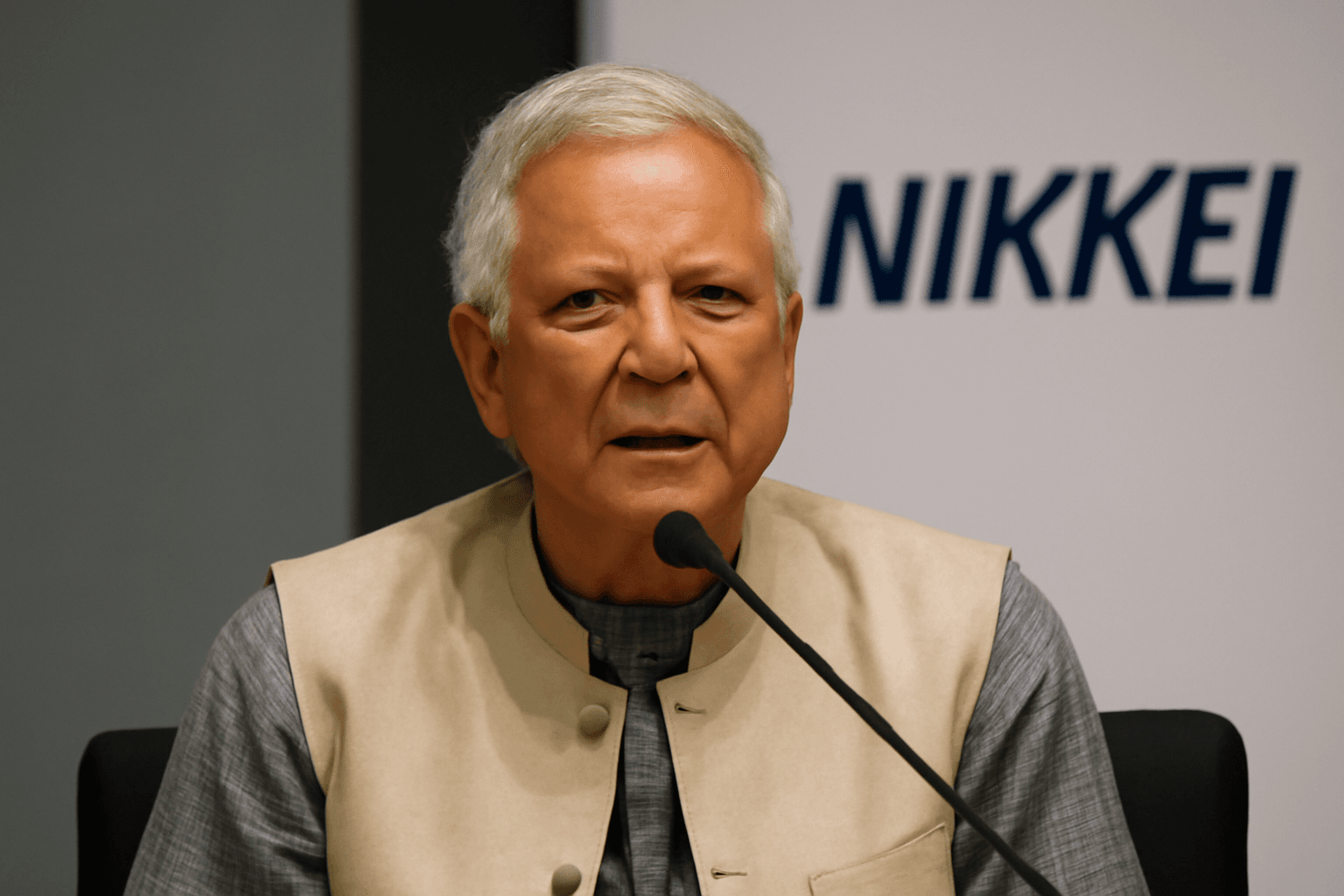The World Economic Forum's (WEF) Chief Economists Outlook report identifies India as the primary driver of global economic growth in 2025 and 2026. This forecast is supported by strong economic fundamentals and a resilient growth outlook, despite ongoing global uncertainties.
The International Monetary Fund (IMF) projects India's GDP to grow by 6.2% in 2025 and 6.3% in 2026, which positions India as the fastest-growing major economy in South Asia. This robust expansion is expected to contribute significantly to regional economic momentum.
Despite challenges in South Asia, including the rerouting of Chinese exports, recent purchasing managers' index (PMI) data reflect better-than-expected performance, particularly in new export orders, underscoring strong demand across goods and services.
Trade relations have also strengthened, with the recent India-United Kingdom trade agreement further enhancing India's trade prospects. Approximately one-third of surveyed economists view South Asia as the region poised for strong or very strong growth through 2025.
However, regional geopolitical tensions, notably the April 2025 military escalations between India and Pakistan, have introduced increased uncertainty. Additionally, inflationary pressures are expected to persist, with 61% of economists anticipating moderate inflation and 26% predicting high inflation in South Asia over the coming months.
Globally, the economic environment remains fragile, with the WEF report highlighting a slowdown in the world economy since early 2025. Concerns center on evolving U.S. economic and trade policies, which 79% of surveyed economists believe represent a long-term structural shift, a significant increase from 61% in late 2024.
In April 2025, the U.S. imposed sharp tariff increases on multiple countries, escalating economic tensions worldwide. Although most tariffs have been temporarily suspended for 90 days, uncertainty regarding future trade actions persists.
Despite these global challenges, India's outlook remains optimistic, bolstered by strong economic indicators, strategic trade agreements, and increasing investor confidence.








